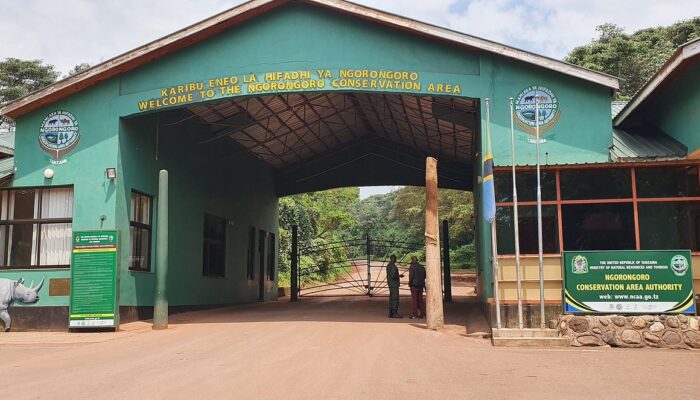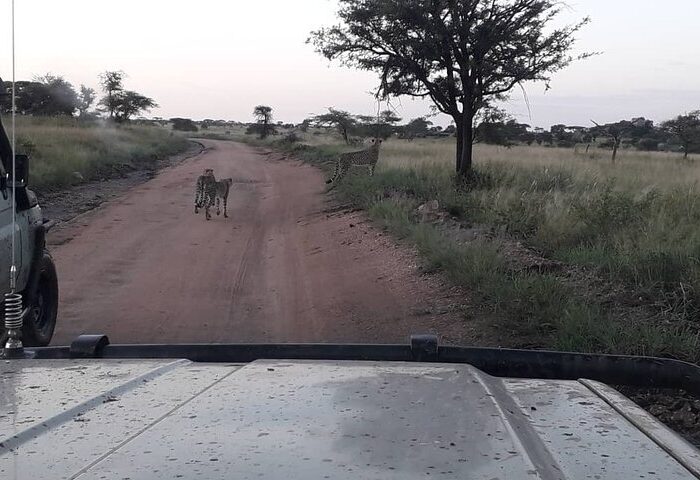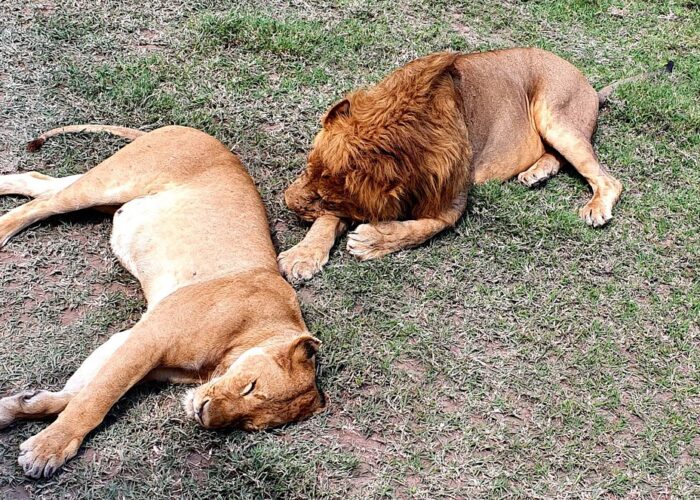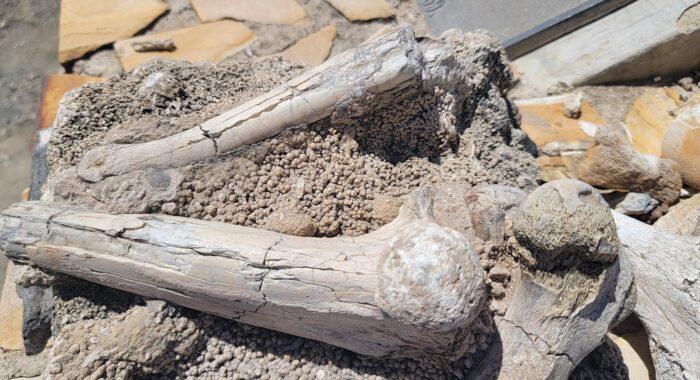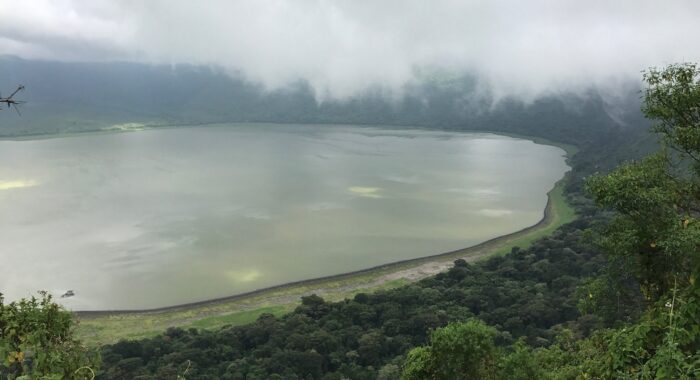Ngorongoro Conservation Area Tanzania
Ngorongoro Conservation Area (NCA), a UNESCO World Heritage Site, is located in Northern Tanzania, and occupies a total area of about 8,292 square kilometers.The Ngorongoro crater is the major highlight of Ngorongoro Conservation Area, but also a home to “big 5” game (elephant, lion, leopard, buffalo, rhino), stunning geological features, rich biodiversity, and Livestock belonging to the semi-nomadic Maasai tribe graze alongside wild animals.
Ngorongoro Conservation Area (NCA), a UNESCO World Heritage Site, is one of Africa’s most remarkable wildlife conservation areas. Situated in northern Tanzania, this vast and diverse landscape is known for its stunning geological features, rich biodiversity, and significant archaeological sites. The highlight of the Ngorongoro Conservation Area is the Ngorongoro Crater, the world’s largest inactive volcanic caldera, which offers unparalleled wildlife viewing opportunities.
This guide provides a detailed look at the Ngorongoro Conservation Area, covering its location, how to get there, the best time to visit, main attractions, and activities to engage in.
